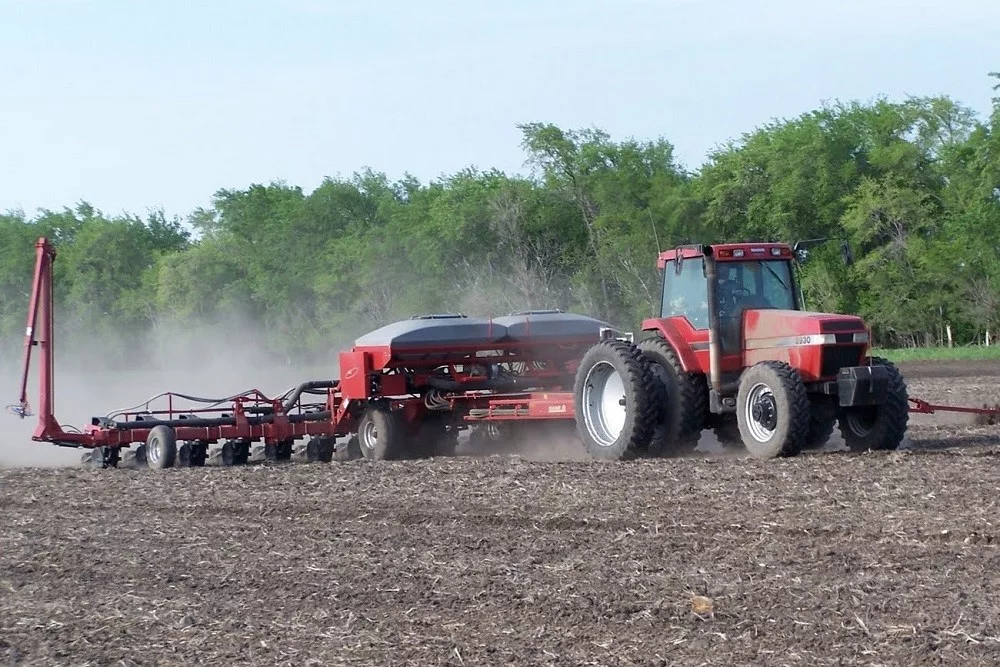While spring moisture has helped alleviate widespread drought in many areas, too much rain has caused many corn and soybean producers to fall behind on finishing their planting.
According to the USDA’s Crop Progress Report for Monday, June 3, 87 percent of Indiana’s corn and 81 percent of the state’s soybeans have been planted. That still leaves 13 percent of corn 19 percent of soybeans unplanted across the state.
“We are certainly a long way from panic mode as far as I’m concerned,” says Brian Shrader, Field Agronomist with Pioneer® Seeds. He says if you haven’t quite finished all of your planting yet, he says the key is to remain patient.
“Recent experience—from 2019—would tell us that if things cooperate weather wise, we have the potential to have very good corn and very good soybeans even with what we would consider to be a late-planting window,” says Shrader.
What is his best piece of advice for late corn planting?
“In 2024, we have lots of 16-row and 24-row planters, and so pedal down all the way until the minute that it rains. When you get another window, you can put a lot of corn in the ground in a hurry,” says Shrader.
“The rule of thumb that I was taught by my father and uncle who farmed was ‘an acre a row an hour’. That was with a six-row corn planter that you had to fill all the time. Today, my guess is it’s probably twice or more than that for a 24-row planter, so you can plant a lot of corn in a very short amount of time.”
What is Shrader’s advice for late soybean planting?
“The one thing that you’re going to want to consider is that you may want to increase your population in soybeans if they are planted later. You’re not going to have quite as many nodes per plant, so there is a need potentially to increase populations to ensure that we get those additional nodes per acre that we’re going to need to get really good yields.”
Click BELOW to hear Pioneer Field Agronomists Brian Shrader and Carl Joern’s full conversation about late corn and soybean planting recommendations during the Indiana Pioneer Agronomy Podcast.

